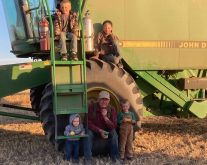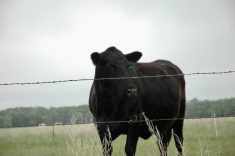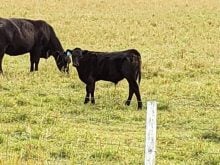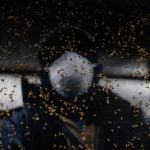We started our calving season this year with a loss when cow number 56 lost her premature twins. This cow has always brought home a good calf, and one year even raised a set of twins on dry grass by herself. She’s always been decent to work with and not overly nervous or reactive, so we decided to try to keep her in her milk so that she could potentially raise an extra calf if we had one this year.
We started milking her by putting her into our maternity head catch and letting her eat oats chop. We’ve never milked her before and she’s never really been a pet, so it took a little work to get her to be comfortable with us milking her. Pretty soon she was a willing participant. The milking brought her relief from her full udder and she enjoyed the oats chop.
We saved her colostrum — we knew we would eventually need it, even if it was not for a calf that she would be able to raise, while the milk was used in our household.
Read Also
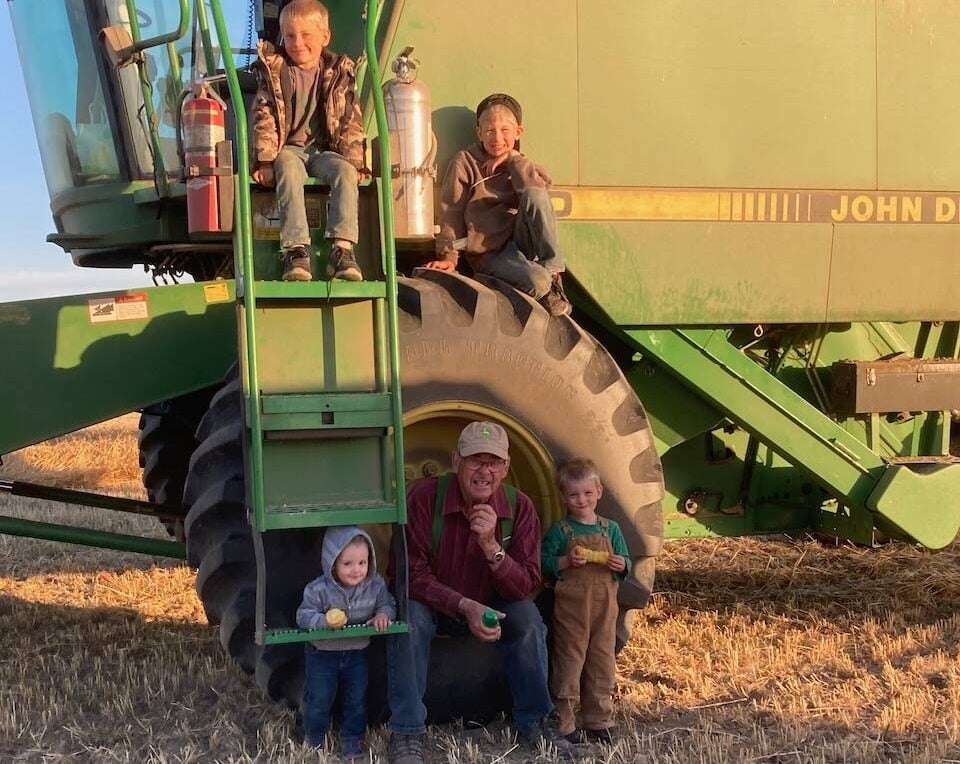
Harvest wraps up and fall work begins
At the Eppich famly ranch in western Saskatchewan, the fall harvest was successful with few breakdowns, cows and calves have been sorted and a new tractor has arrived
The act of milking her every day made her quite calm and she was very used to me handling her. We milked her for almost a month. Finally, the day came to see if she would take a calf. We have successfully grafted older calves onto cows who had recently calved but we’ve never grafted a new calf onto a cow who had gone almost a month without one.
We had a young cow who lost interest in mothering her calf. She looked for it every now and then, but she was not concerned about feeding it. Also, she had very little milk and was a little ornery to deal with. Instead of fighting with the mother we decided to see if patient 56 would accept the calf.
We started by feeding the calf with a stomach tube, the colostrum we had saved from 56. This not only helped the calf to have the proper nourishment, but also helped the calf to start to smell a bit more like 56.
The nursing experiment
After feeding the calf several times, we decided to see if 56 would let the calf nurse. We started by putting 56 back in the maternity pen head catch, just like for a normal milking. I milked her some so it flowed freely and then helped the heifer calf to find a teat, or at least we tried. The little heifer was quite stubborn and refused to nurse the cow. The cow, on the other hand, was very co-operative and did not mind our attempts to help the calf. Finally, I milked the cow and then fed it to the calf.
The next time we tried putting them together, we made sure the calf was a bit more hungry. The cow was still co-operative and this time the calf was more interested in trying. The calf finally nursed the cow out and then bedded down in the straw with a full belly.
Very soon we could to put the cow and calf together in a small pen, and the calf nursed while 56 ate her oats.
After just a few feedings, 56 completely accepted the little heifer as her own and the calf was bonded to her new mother. We let them out with the rest of the pairs and watched with joy as 56 kept a watchful eye on her new calf and licked her as she nursed.
What a blessing it is to see your hard work pay off and to have something go according to plan.




